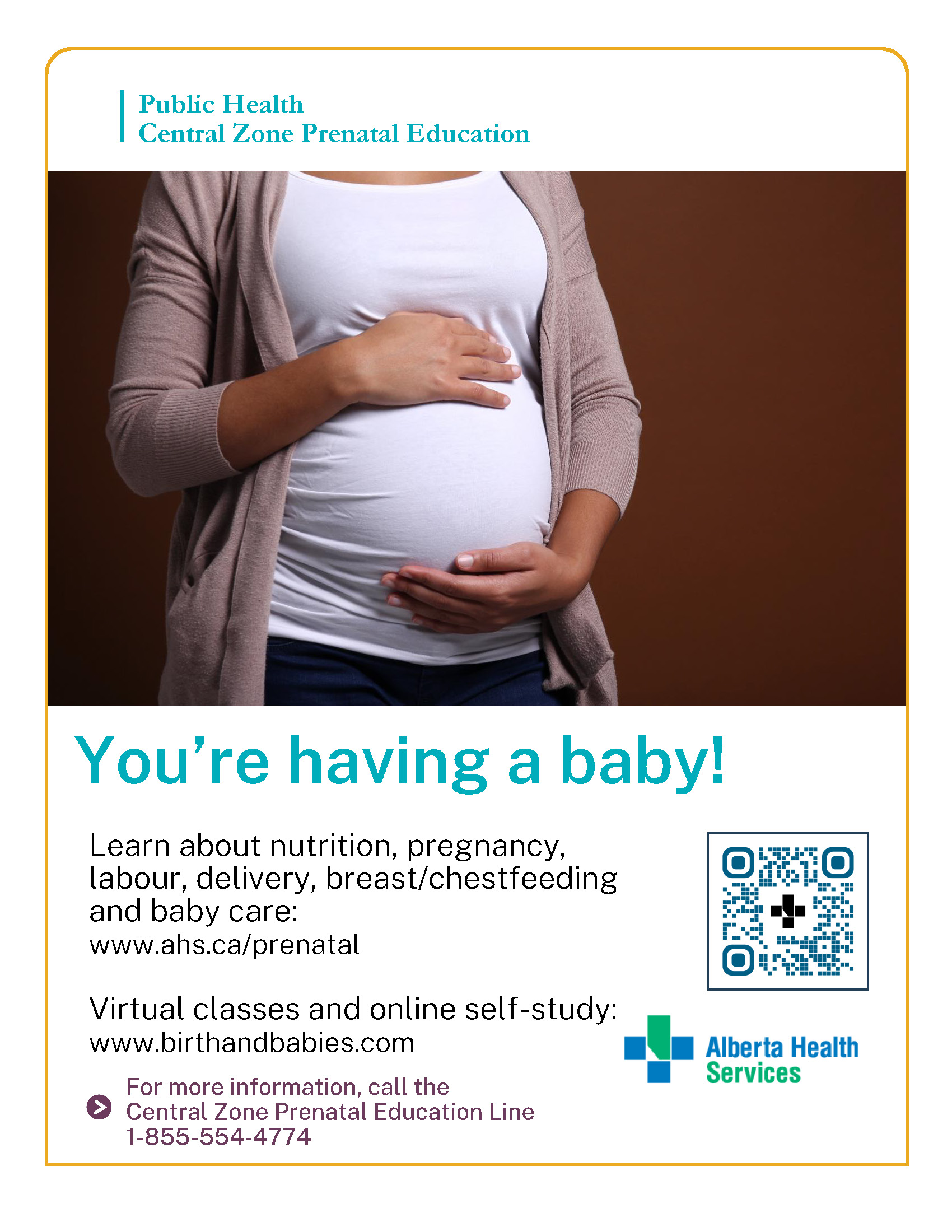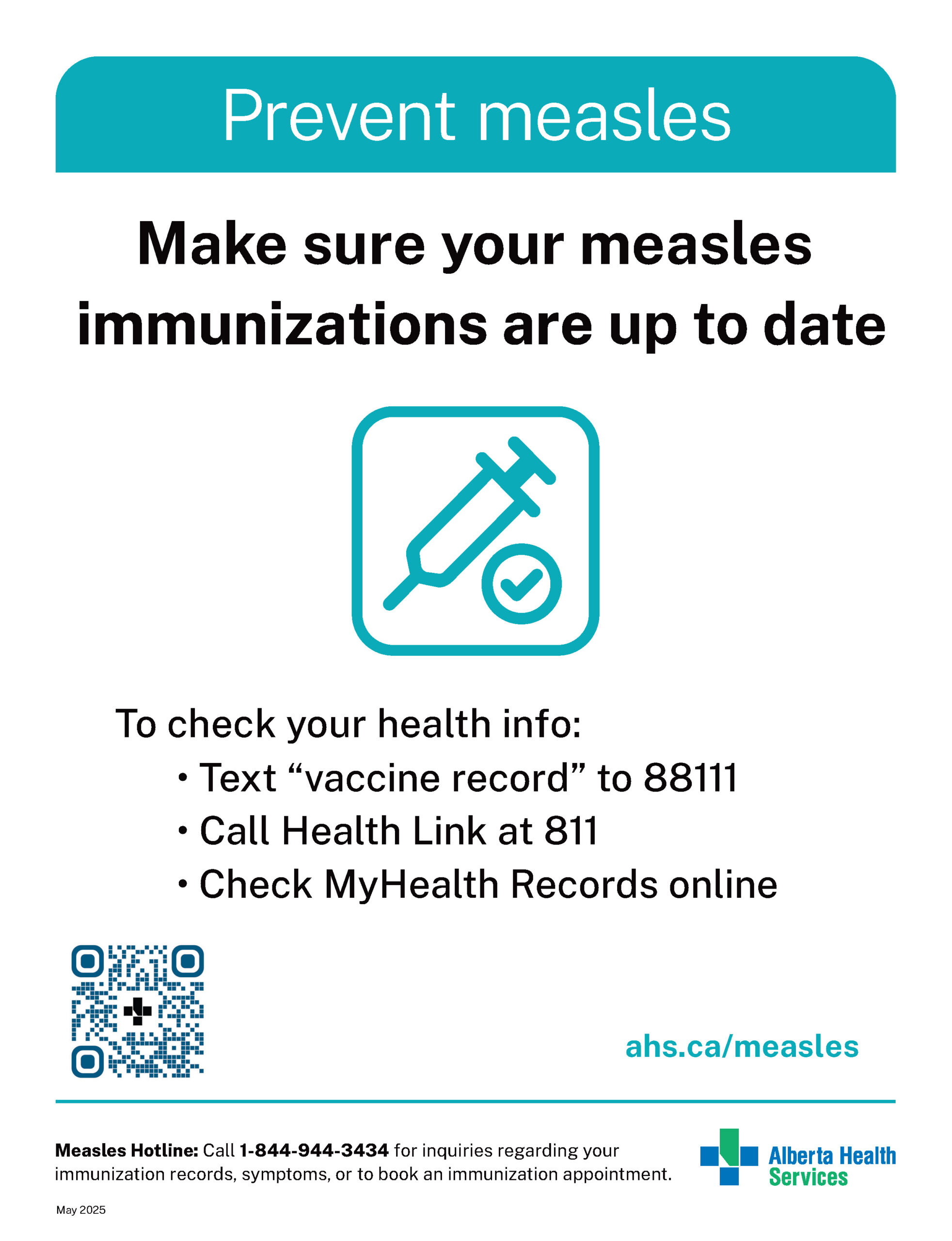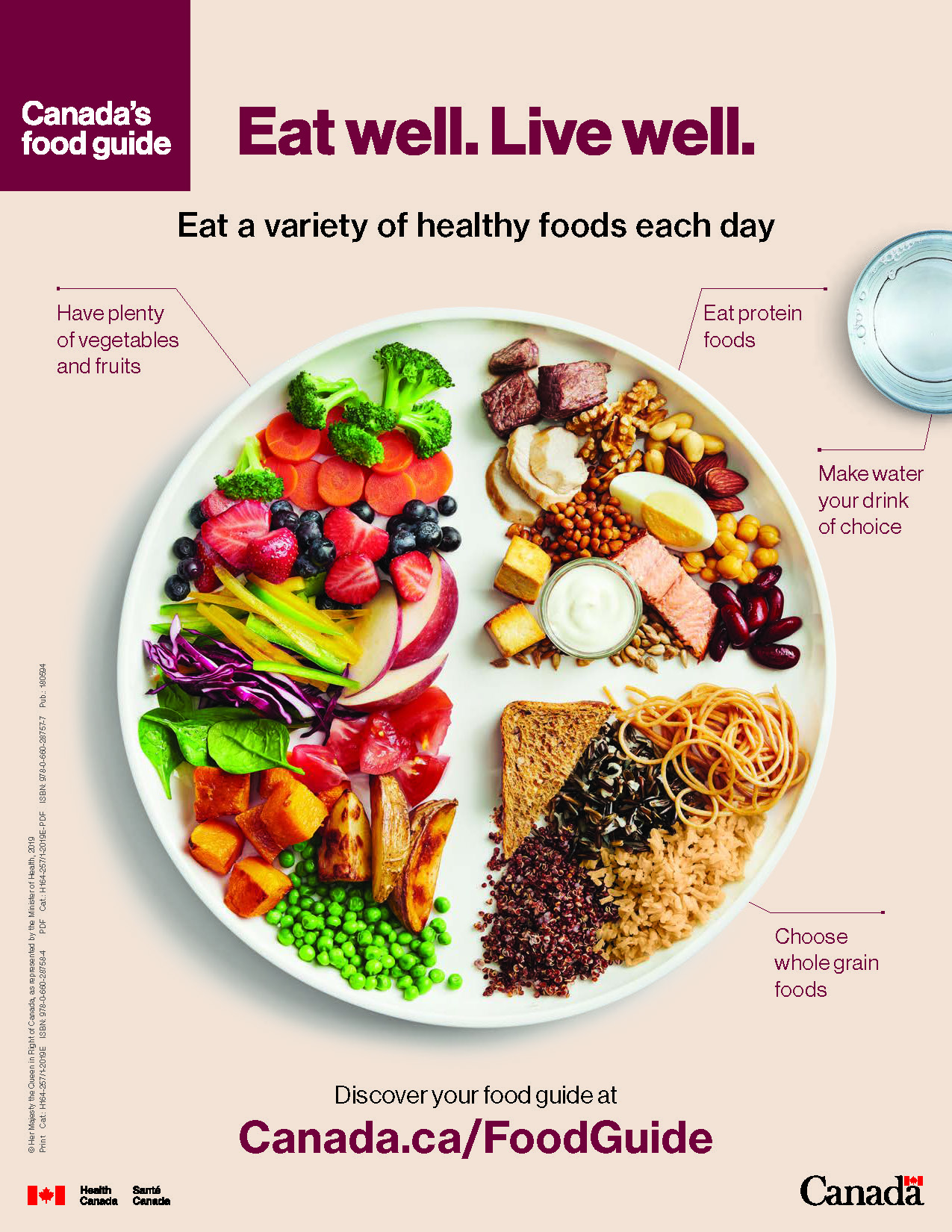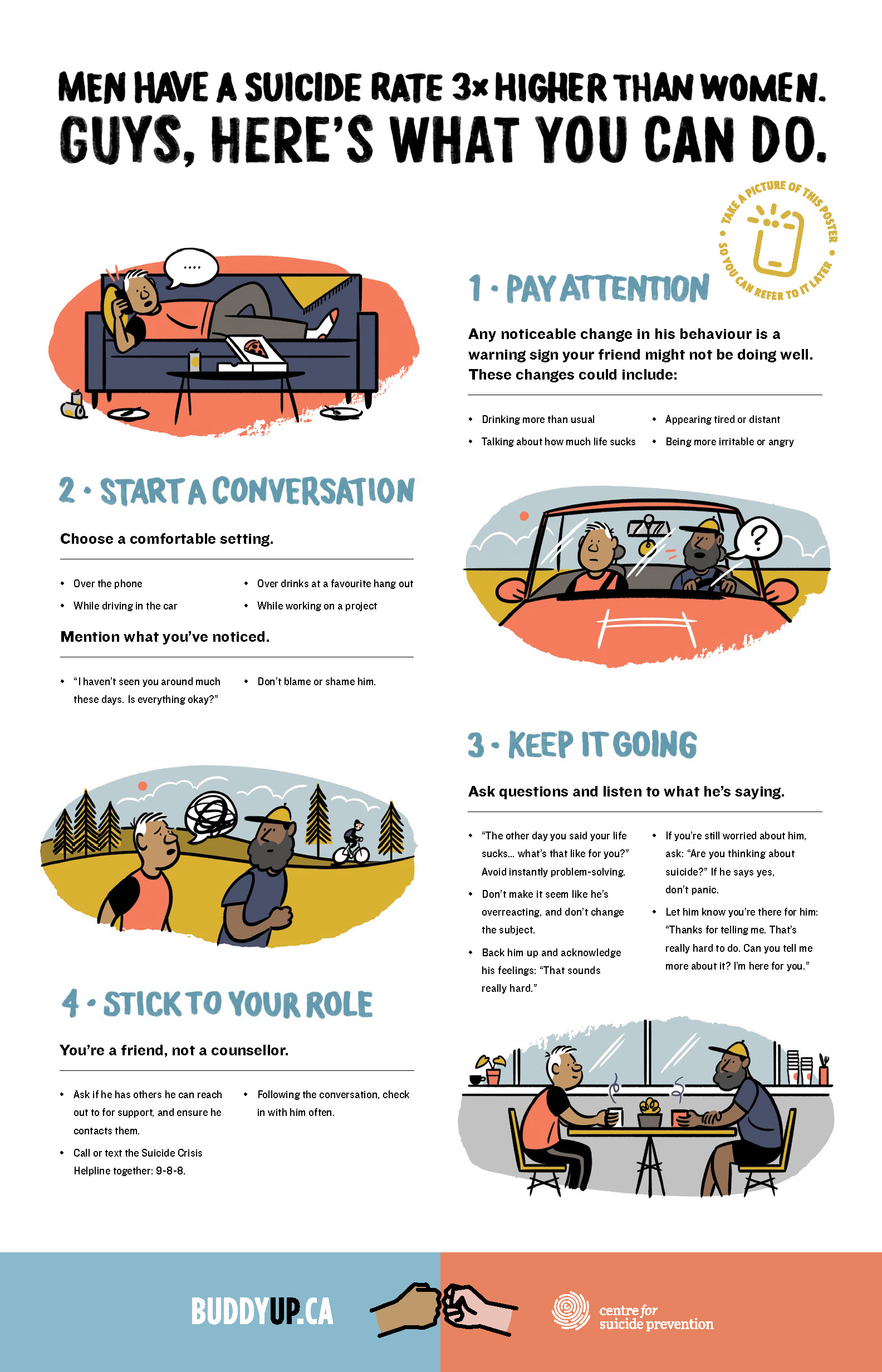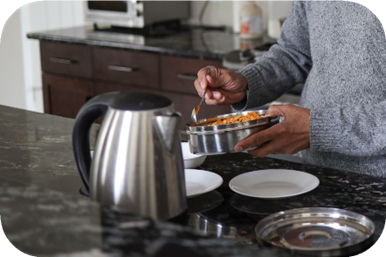What are Imaging Tests?
Imaging tests (also called diagnostic imaging tests) let your healthcare team look for clues inside your body. They can help your doctor find out what’s making you feel unwell and find disease early, even when you don’t feel sick. Each type of imaging test shows different details and information about the organs and structures in your body. Your healthcare team chooses which imaging test you need based on your symptoms and the part of your body they want to look at.
How imaging tests are done
Imaging tests use different types of machines and procedures to take pictures of the inside of your body. These tests show what your organs and structures look like. Many imaging tests are quick, painless, and easy. Some tests are done while you’re lying inside of a machine. Imaging tests can be very short and others take longer to do. Some imaging tests use a small amount of radiation and others don’t. Most imaging tests are noninvasive, but some are minimally invasive. Your healthcare team will let you know if your test is non-invasive or minimally invasive and give you instructions for how to prepare for your test. Be sure to follow the instructions carefully.
Imaging tests and your health and safety
Some imaging tests use radiation (a wave of energy), and contrast dye, Imageguided test may also use sedation or anesthesia. Your imaging healthcare team will watch you closely to keep you safe. Ask them any questions you have about health and safety.
The Healthcare Team
Technologists are healthcare professionals who work in a diagnostic imaging department. They’re often the ones who use the equipment and machines to do your test.
Radiologists are doctors who work in a diagnostic imaging department.
• Diagnostic radiologists diagnose diseases. They look at your test results and let other doctors know what they find.
• Interventional radiologists treat diseases with therapeutic imaging procedures. They use imaging tests to guide needles, probes, or other tools inside the body.
Nurses help prepare you for your procedure, support the radiologist, and keep you as comfortable as possible during the procedure.
AHS Wellness Article


